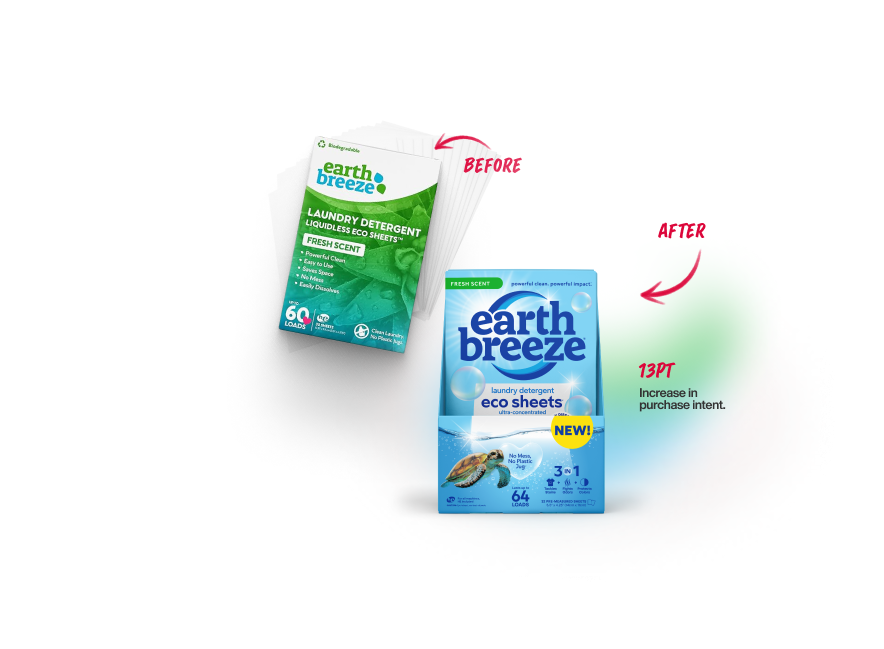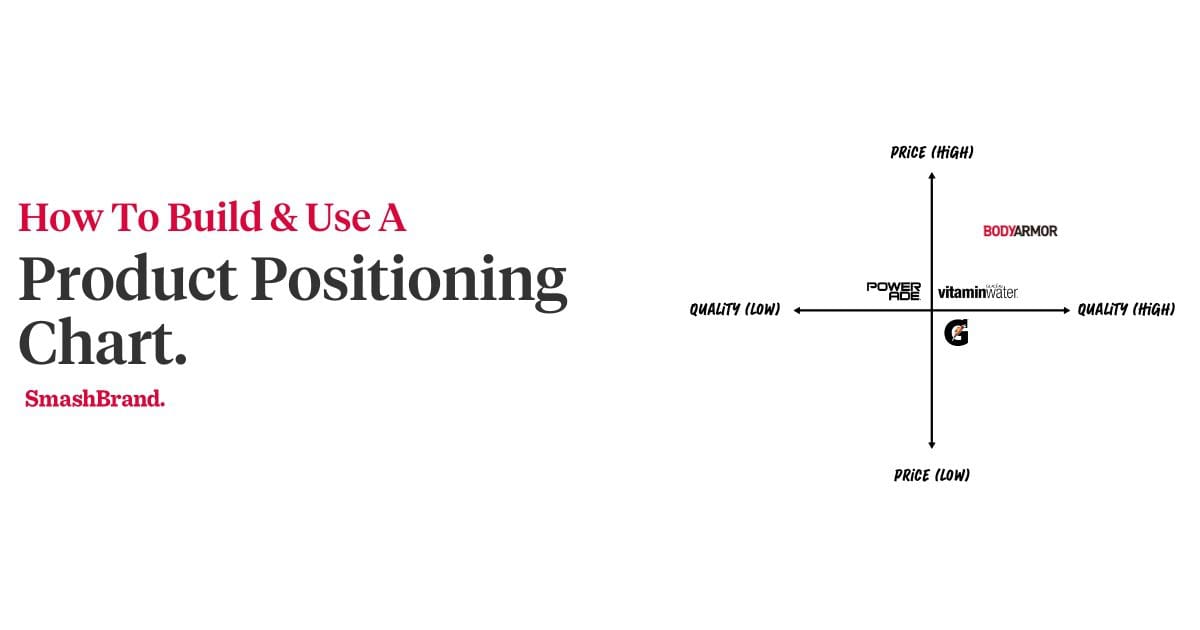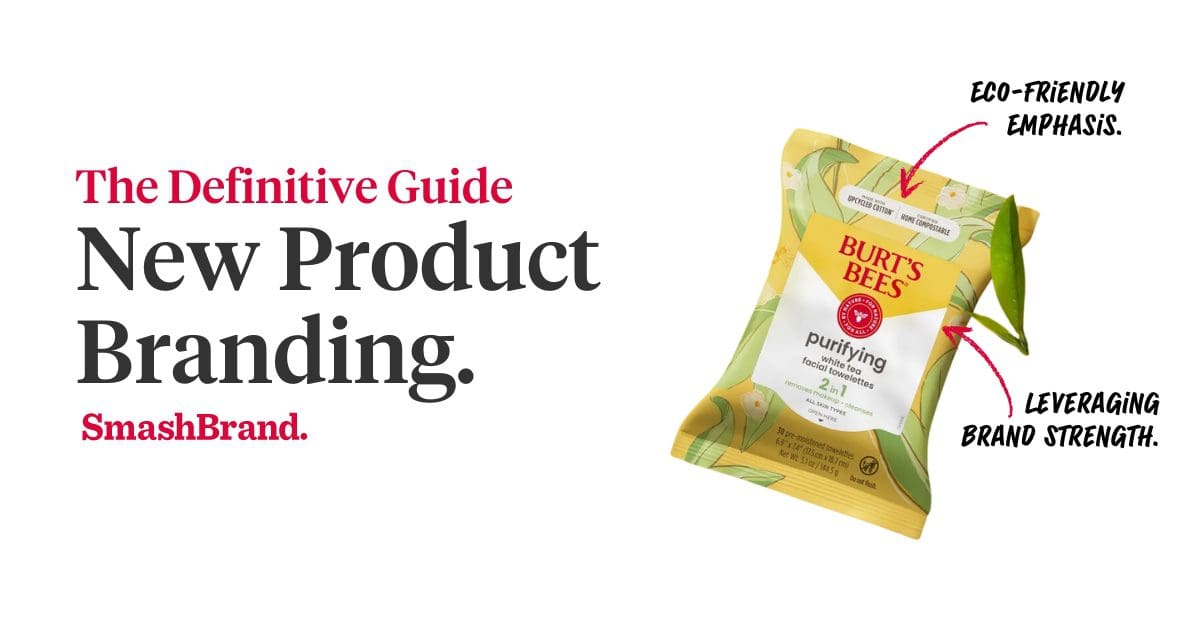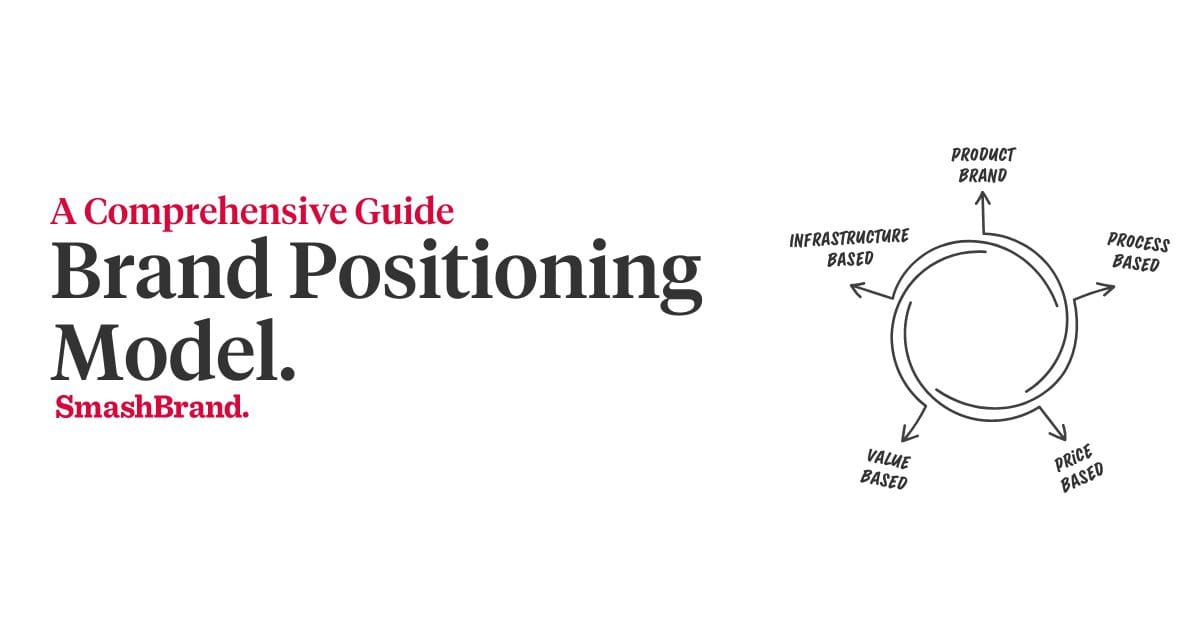Listen to This Article


A value proposition is a simple, precise phrase to convey an essential benefit (or value) of buying from your brand. Your company may have one primary value proposition, or you may have many across your different product lines. Regardless of the number, it’s a slogan meant to appeal to a specific subset of customers and give them some idea of what they can expect from your product/service. It may also define what makes you different from your competitors and why a customer would choose you.
What is a Brand Value Proposition?
A brand value proposition is a statement that defines what a company offers to its target customers to differentiate itself from its competitors. It communicates the most important benefit of doing business with the company and why customers should choose it over other options.
Get your Hands on the SmashReport!
And enter to win a FREE brand diagnosis worth $20,000.
*The SmashReport is a monthly newsletter for FMCG and CPG brands, helping them stand out in the competitive retail marketplace.
Why Value Propositions Matter
A value proposition statement is vital for a company because it defines what the company offers to its target customers. It helps to differentiate the company from its competitors and communicate the most important benefit of doing business with them.
When considering your slogan as a part of your marketing strategy, it should be specific to your company and appeal to a certain subset of customers. It’s a great way to market your product/service and can help you focus on what makes you unique.
Identify the most impactful statement, and your proposition will reach and resonate with your target customer.
Value Proposition vs. Mission Statement
Not everyone cares about your mission statement and core values. They want to know what’s in it for them. What they find important will undoubtedly be in how the product improves their lives, but it may also mean what they care about, such as sustainable packaging.
The Link Between a Brand Promise & Value Proposition
The objective of any company is creating a product where the ideal customer receives equal (or greater) value with each purchase or interaction with your company. With enough consistency, we can turn this value expectation into a brand promise. Eventually, the brand promise may become interwoven within the value proposition. But tread carefully here.
Kmart once held a value proposition of “provide families with everyday products at the lowest prices,” which worked for a while. But in time, Wal-Mart, who made consumers question this statement, and rightfully so. Once a competitor has replaced you as the owner of a unique selling proposition, creating a new identity becomes an uphill battle.
Why A Unique Value Proposition is Critical
There isn’t anything unique about providing families with everyday products at low prices, and as you’ve learned, you’re an easy target without uniqueness. Great value propositions solve problems and stick in your head and become synonymous with the brand itself. Check out these examples; we bet you’ll know what brand they’re from at a glance:
- “The Quicker Picker Upper.”
- “Think Different.”
- “Live Mas.”
- “Tastes So Good, Cats Ask for It By Name.”
Any competitor looking to capture market share from these brands will not do so by having a comparable value prop. A well-designed value proposition can stick in our minds and create brand equity for the company in question. (The above brands are Bounty, Apple, Taco Bell, and Meow Mix.)
But what makes a good value proposition? Let’s look at some examples in more detail.
The basics of a good value proposition.
the value proposition canvas is just a customer archetype you can reference when creating your value prop.
Every value proposition should address some need that your target market experiences. Hopefully, you know these needs based on your past brand strategy and marketing research. Your goal is to identify and reflect one or two of these needs and reflect that in a branded slogan.
Remember that we base these value propositions on how your target market defines your value, not necessarily how you represent your value. For example, consider Taco Bell’s above mantra, “Live Mas.” (Spanish for “Live More”). Taco Bell might distinguish its company from competitors like Del Taco or Chipotle on its low prices, efficient supply chain, or authentic Mexican recipes. But they do not push these values forth in its value proposition.
Instead, the company speaks to its audience with the Live Mas mantra, offering a loftier value that promises a more upscale experience. And while plenty of people certainly shop Taco Bell for its low prices, this aspirational ideal helps differentiate it from similar low-budget quick-service restaurants.
The best value props don’t meet a customer’s expectations; they exceed their expectations. A level of fantasy is involved even in a simple case such as “save money. Live better.” Saving money meets expectations, but living better exceeds them.
Can You Have More Than One Value Proposition?
The answer to this question depends on the size of your organization, the product categories you serve, and the verticals where you exist. Large established brands may need to create several value propositions for each aspect of their company.
Most brands could use a value prop purge and narrow their focus to a single compelling value proposition.
Start-ups and smaller brands looking to succeed in a niche are better served by having a follow-up summary, explanation, or subheading that provides context to their core value proposition.
The longer (yet still brief) explanation should answer the questions in a consumer’s mind about your value proposition. Or, it should make consumers ponder what they previously have not considered.
Fundamental Steps to Creating An Effective Value Proposition
As with any aspect of product marketing, a strategic approach leads to better results than an off-the-cuff decision. Unfortunately, many brands create unique value propositions in a highly caffeinated meeting where creativity flows. Caffeination and creativity are fine, but a framework within your strategy helps identify the customer value proposition, meaning, what the consumer expects, not what the brand wants.
Be clear and direct.
At its core, a good value proposition identifies the attributes most likely to resonate with customers and explains them in a clear, memorable way. It can take many forms, depending on your company and your customers. For example, many value propositions are clear and concrete:
- “Save Money. Live Better.” – Wal-Mart
It doesn’t get much clearer than that. Renowned for its rock-bottom prices, Wal-Mart wants all potential customers to understand how they have a low prices guarantee. When you shop at Wal-Mart, you’ll save money and enjoy a higher quality of life. Other examples of this type of direct value proposition include:
- “Shave Time. Shave Money.” – Dollar Shave Club
- “Soup That Eats Like a Meal.” – Campbell’s
- “Share Moments, Share Life.” – Kodak
Pulling from copywriting best practices is a bright idea for creating a value prop. Focus on brevity and using simple words that your audience will understand.
Be aspirational.
Value propositions don’t need to be direct. They can also be high-minded and aspirational:
- “Just Do It.” – Nike
As a seller of athletic goods, Nike understands that motivation is the most significant barrier to our fitness goals (and commensurately, purchasing of their gear takes us there). Its tagline is a call to action and a value proposition: Get out there and do it!
This style doesn’t mention a direct feature or function of the product. Instead, it takes a more imaginative approach and invites users to envision how others might say great things about them based on their brand choice. Some examples of aspirational value propositions include:
- “Maybe She’s Born With It. Maybe It’s Maybelline.” – Maybelline
- “Open Happiness.” – Coca-Cola
- “I’m Lovin’ It.” – McDonald’s
Feature descriptions.
Some companies opt for value propositions that describe key features of their product or service:
- “Watch Anywhere. Cancel Anytime.” – Netflix
This value prop helps customers know what to expect when they sign up with Netflix. You can watch shows on any device with no long-term subscriptions or contracts. These are essential benefits that help differentiate Netflix from other streaming service providers in the video-on-demand space, such as Hulu (who has a relatively similar brand slogan – “Anywhere, Anytime.”)
Here are a few more examples of brands with feature-oriented value propositions:
- “Melts in Your Mouth, Not in Your Hands.” – M&M’s
- “Can You Hear Me Now? Good.” – Verizon
- “Snap! Crackle! Pop!” – Kellogg’s
Test Your Value Proposition
The way to determine if you have a great value proposition is by performing consumer testing to determine how it impacts purchase intent, brand essence, brand equity, and brand recall. Value propositions are critical, so testing against these brand elements is essential.
Your Value Proposition Can Evolve.
Value propositions executed well become valuable elements in your branding strategy. But like any aspect of your brand, your value proposition can evolve to address the changing dynamics of your customers. Many of the above companies underwent many variations for their fundamental value propositions before settling on a winner.
For most brands, this is the best way forward. Take stock of who your market is and what message you’re trying to send. It can be direct, aspirational, feature-oriented, or any combination. All that matters is that it speaks to your market and clearly defines your offer.
The trick is to take proactive measures rather than reactive ones. As with Kmart, it’s often too late when you reactively try to find a new value prop to fit your previously successful business strategy.
With the above tips, you should have no trouble developing a value proposition that suits your brand. But if you need guidance from an experienced branding professional to set you on the right track, contact SmashBrand and our experts will give you a hand.
How Do You Write a Brand Value Proposition?
To create a solid and compelling value proposition, you’ll need to consider your target audience and your current brand positioning. Your value proposition should speak to the needs of your target market and explain what makes your product or service different from the competition. It’s also essential to ensure your value proposition is clear and memorable so we can easily communicate it to potential customers.
Read More: A How-To Guide For Brand Repositioning.
3 Examples of Strong Value Propositions
A strong value proposition makes companies attractive to customers and investors, making industry giants hungry for an acquisition. So for this case study, let’s look at the behemoth Amazon and the companies it proudly acquired.
Amazon’s Value Proposition
As large as Amazon’s catalog of products and services is, we can summarize its business model into three sections; low prices, fast delivery, and a wide selection of products. How does Amazon state this as a value prop? The everything store.
Is this the most transparent and most easily understood value proposition example? Perhaps not, but it makes it impossible for competitors to one-up their catalog size. The only way to differentiate would be to become “everything but the bad stuff” or “everything with expertise.”
Zappos’s Value Proposition
It’s no wonder Amazon acquired Zappos as their focus is something the everything store was missing, which is essential for future success. We know Zappos for its customer service, free shipping, free returns, and 24/7 fantastic customer service.
“Delivering Wow” seems like a fitting value prop for their service.
Whole Foods Value Proposition
There’s a reason people poke fun at the customer-initiated value prop of “whole paycheck” yet still spend more on groceries than most shoppers. It’s because the environment at Whole Foods matches their value proposition statement. “whole foods, whole people, whole planet.”
Essentially, they state how they care about you, your loved ones, and the world more than any other grocery store. This statement has a magnetic attraction to selfish and selfless people, yet not pitting one against another.
Value Propositions in Package Design
Do you want to determine whether your packaging matches your brand’s value proposition or need help clearly defining what your proposition is? We can help.
At SmashBrand, we perform packaging design and branding services. Through our proprietary consumer testing process, we identify the most impactful copy and visual images to leave an impact on any prospective customer. Book a time to discuss your project with our team.










